
J.T. Parham

What was it like to work with Lenovo?
At first working with the North American Retail group was quite a beast, with the main challenge of understanding the multitude of brand guidelines from their retail channel partners like Best Buy, Walmart, Costco, etc, and figuring out how to maintain consistency in Lenovo’s brand presence across all of the differing projects.
At the same time, I also had to serve as the brand police internally, as differing parties would try to push outside of the brand as far as possible, until they developed a very focused brand and guidelines that didn’t allow for any deviation that would get outside the lines. I'd say we were definitely having more when things were more open to interpretation.
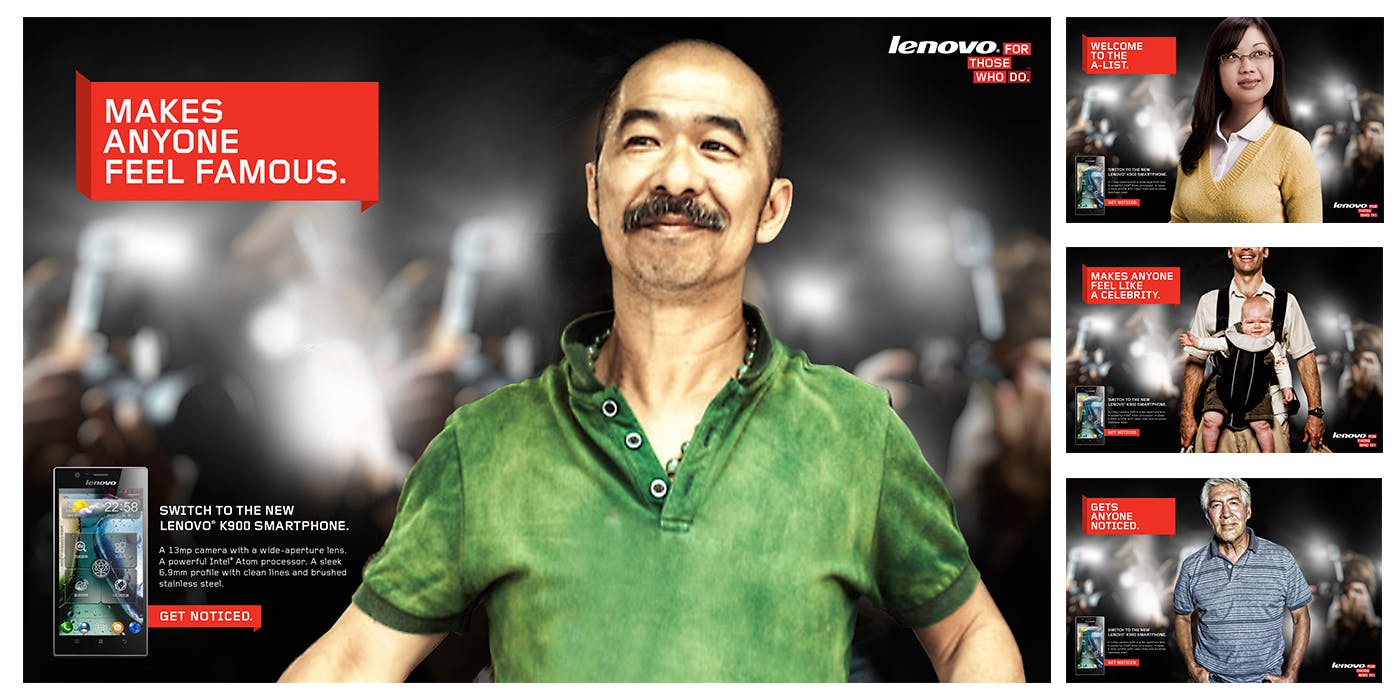
How do you walk the line between being unique, giving a good user experience, and having commercial appeal?
• Deep Understanding: Start with thorough research to understand the brand's essence and find empathy with the audience's problem you’re looking to solve.
• Strategic Uniqueness: Strive for creativity that sets the brand apart while remaining relevant to the target audience.
• User-Centric Approach: Design with the user in mind, ensuring the ad is intuitive, engaging, and seamlessly integrated across platforms.
• Brand Consistency: Maintain alignment with the brand's identity, values, and messaging to reinforce brand recognition and loyalty.
• Iterative Optimization: Test different versions of the ad and iterate based on feedback to enhance effectiveness and resonance.
• Measure and Adapt: Gauge the ad's impact and adjust strategies as needed to achieve business objectives.
Finding the right balance involves a blend of creativity, empathy, and data to create ads that captivate audiences while driving commercial success.
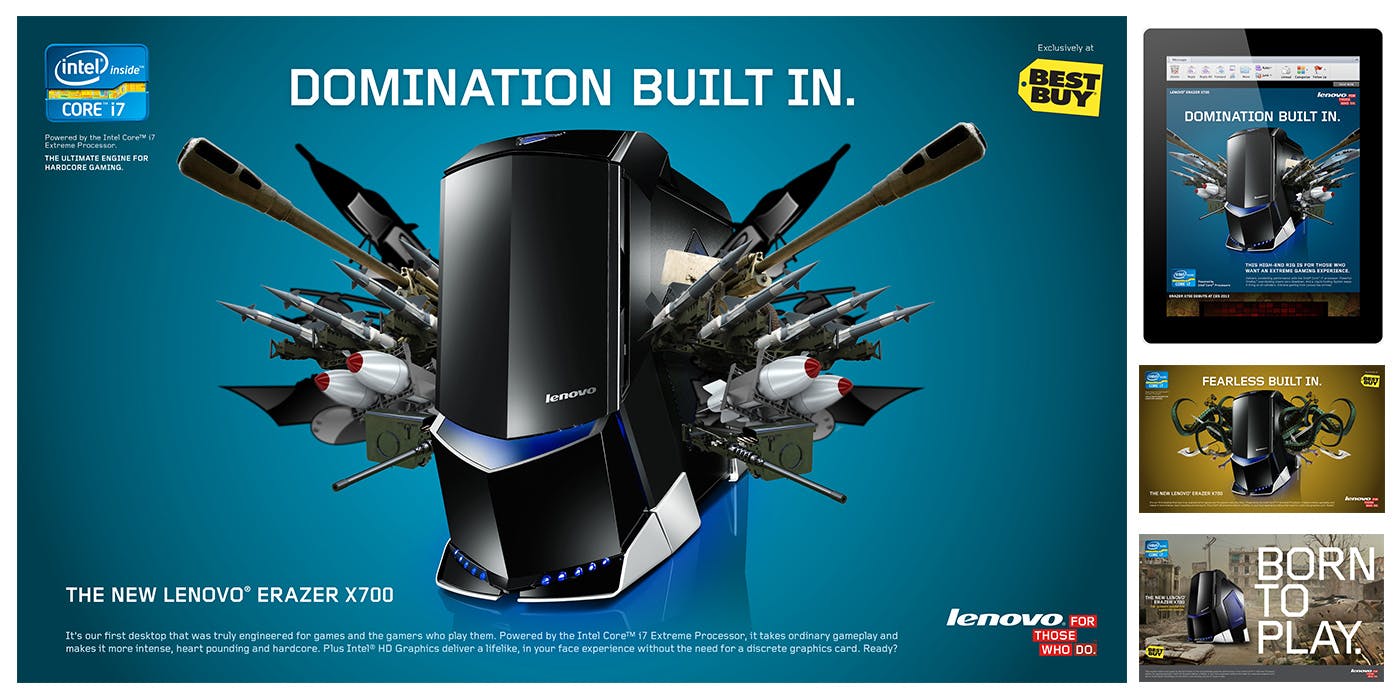
Which popular comic character represents your artistic self the best?
Calvin.
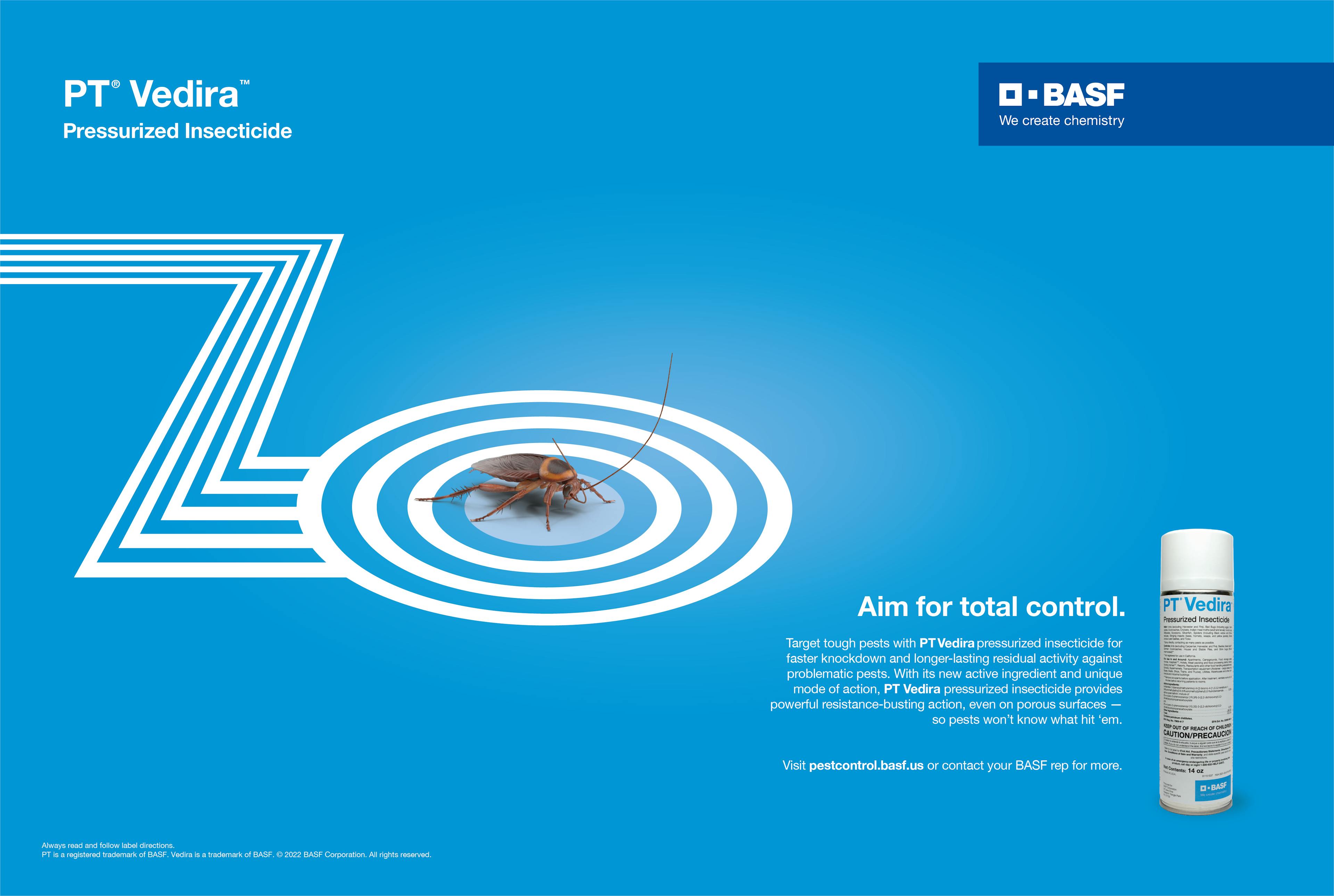
Can you share your background and how you got started in your career?
I started out near the end of high school with the ambition of being a musician or getting involved in the music business somehow, but I was always probably better at art and drawing than playing instruments, so I thought a good route would be creating tour posters, album covers, etc. That lead to entering school to study graphic design where my professor guided me to pursue advertising as a career. I have mixed feelings about following that advice (LOL).
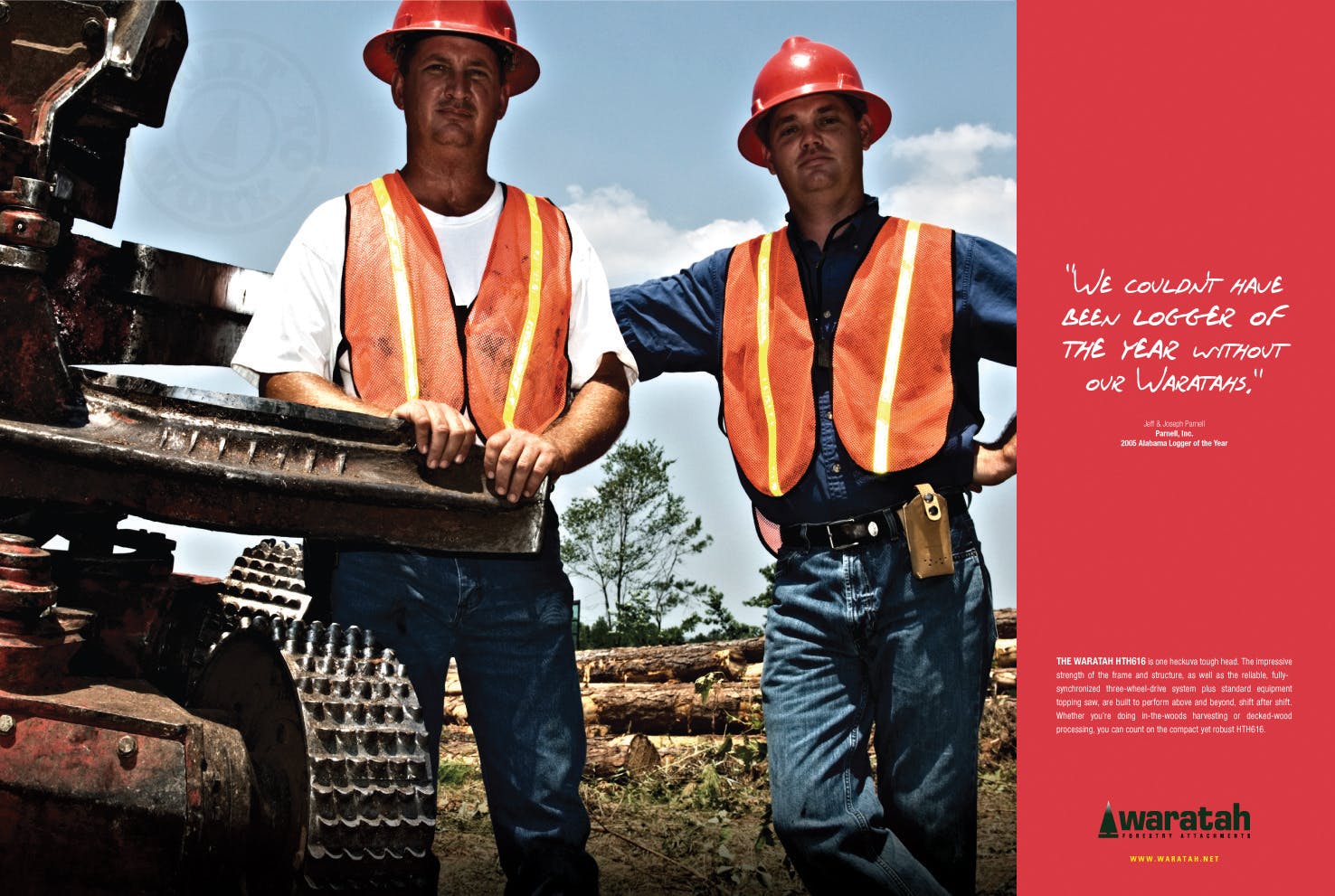
How do you make sure that the system that you create is a flexible system that adapts to a growing and changing brand? How do you define flexibility and how do you make sure you make it flexible?
I look at flexibility from multiple perspectives:
• Strategic Flexibility: This involves crafting campaigns and brand identities that can pivot without losing coherence. It means having a core brand essence that remains consistent while allowing for strategic shifts as the brand evolves or as market conditions change.
• Creative Flexibility: I aim to develop concepts and assets that are versatile and can be repurposed across various channels and touchpoints. This might involve creating modular design systems, adaptable messaging frameworks, or versatile visual elements that can be easily tweaked or scaled up/down as needed.
• Operational Flexibility: Workflows and processes need to be agile enough to accommodate changes in project scopes, timelines, and priorities. This could mean adopting agile methodologies, implementing efficient project management tools, and fostering a culture of collaboration and experimentation within the creative team.
• Technological Flexibility: Embracing technology is crucial for staying relevant in today's landscape. Invest in platforms and tools that offer scalability, interoperability, and customization options, allowing to integrate new technologies and channels seamlessly as they emerge.
Several ways to ensure this:
• Continuous Evaluation: Regularly assess the effectiveness of strategies and assets, gathering feedback from clients, consumers, and internal stakeholders.
• Future-Proofing: Anticipate future trends and market shifts, proactively designing systems to accommodate potential changes.
• Collaboration: Foster an environment where ideas can flow freely, and cross-functional teams can work together to solve problems and generate innovative solutions.
• Iterative Approach: Embrace constantly refining and iterating on ideas and executions based on real-world feedback and data insights.
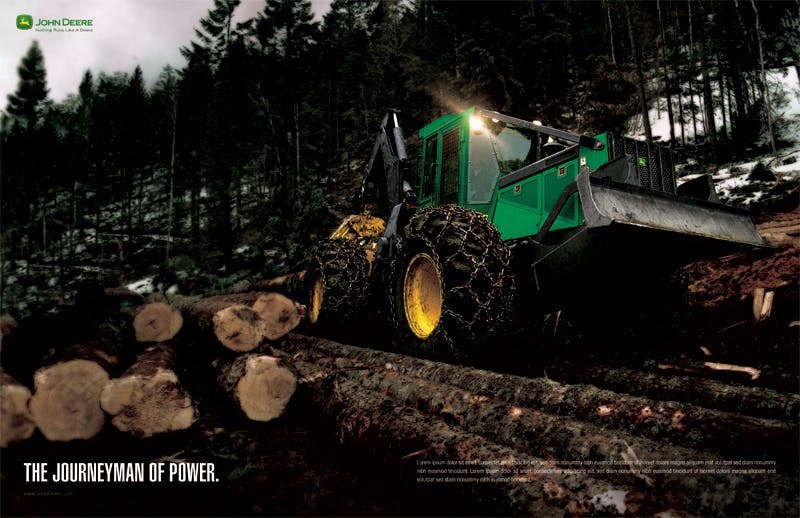
UX design and interaction design are fields that have boomed in the past few years but as a seasoned designer, how do you think your beginnings in the field were different from designers of today?
When I started, design education heavily emphasized traditional design principles such as typography, layout, and color theory. My early days involved hands-on experiences and physical mock-ups, and this tactile approach fostered a deep understanding of craftsmanship and attention to detail. These fundamentals formed the backbone of our work, but the landscape has undeniably transformed with new technologies and the rise of specialized digital design disciplines. Despite today’s differences, the core principles of creativity, innovation, and effective communication continue to drive great work.
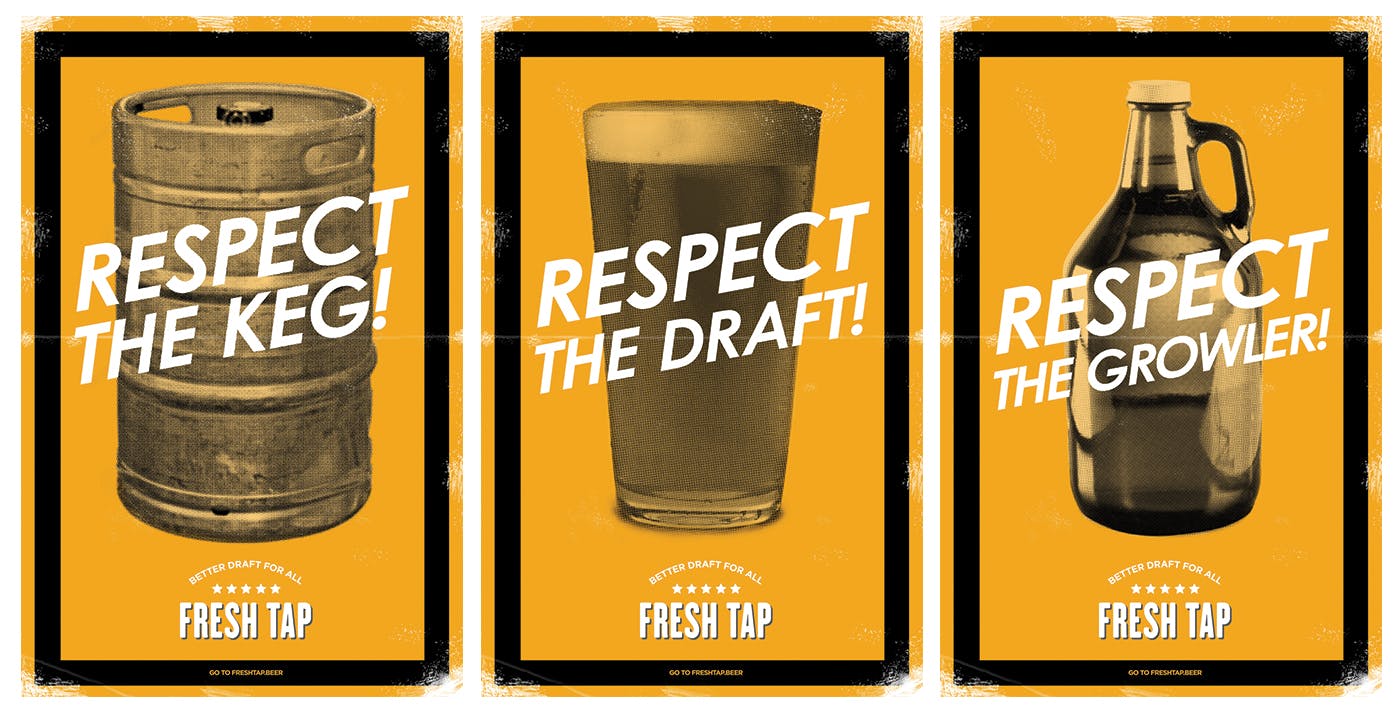
How do you balance creativity with the business side of things?
First of all, and I would tell this to all new jr. creatives, remember this is commerce and not art. Don’t shoe-horn your own style into every idea. Use your creative brain to dig in and develop empathy and understanding for your target audience, and solutions to the problem that the client’s business goals are trying to solve will reveal itself. And yes, sometimes that means we need to gently steer clients away from their comfort zones.
At the end of the day, though, it's all about results. Keep a close eye on how our creative endeavors impact the bottom line, tweaking and refining as needed to ensure we're delivering real value, and through it all, never lose sight of the joy of creativity. It's what keeps us inspired, keeps our work fresh, and ultimately, keeps our clients coming back for more.

As an Art Director, is it possible to create anything that you can imagine?
Absolutely. Never let anyone tell you different.










